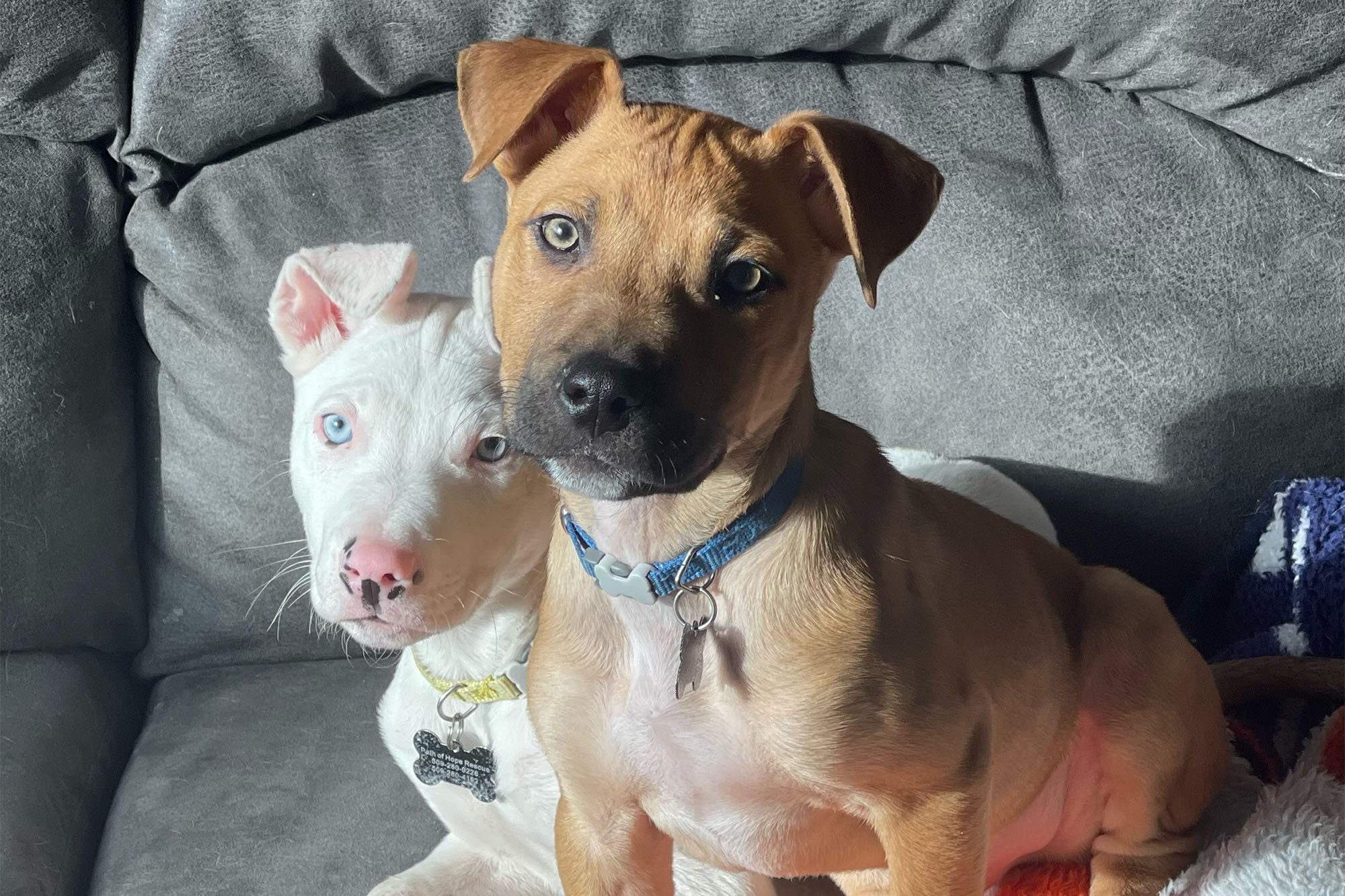Pediatric Spay and Neuter: What Is It And Why Do We Do It?
Each year, millions of homeless dogs are euthanized in animal shelters across the US.
This is how you and I can save them.
Let’s start with the latest data.
The ASPCA reports that approximately 3.1 million dogs enter US animal shelters with approximately 390,000 being euthanized.
This number is shocking - and even more staggering when you consider that most of these dogs are healthy, happy and adoptable.
Those puppies made their way to the animal shelter after being abandoned. Together we can save them!
So, what is spaying and neutering?
Spaying and neutering, the most common surgical procedures performed on animals, prevent animals from being able to reproduce.
Females undergo spay surgery (ovariohysterectomy), which involves the removal of her ovaries and uterus. A male gets neuter surgery (orchidectomy), where his testicles are removed.
Who is eligible?
In the past, the traditional age for neutering was six to nine months, but the ASPCA has now recommended pediatric surgery for healthy puppies as young as eight weeks old.
All of our puppies and dogs are spayed and neutered before going to their furever homes.
Fostering litters of puppies is no easy work! (Path of Hope Facebook)
Why do we do it?
The PHR team are unapologetically crazy dog lovers that recognize the simple reality that there is an overpopulation of dogs.
We therefore strongly believe that one way of supporting dogs, and improving their quality of life, is by promoting spaying and neutering to reduce overpopulation.
Is it common?
Yes.
In the United States, it is now extremely common for non-breeding pets to be neutered or spayed, with an estimated 79% of dog-owning households spaying or neutering their fur legged family members according to the American Pet Products Association’s 2019-2020 National Pet Owners survey.
Did you notice my big, pointy ears? (Path of Hope Facebook)
Does this harm the animal?
No.
Pediatric spay and neuter is endorsed by the American Veterinary Medical Association (AVMA) and the National Animal Care and Control Association (NACA).
Animals are anesthetized during the procedure so that the surgery itself is painless. Recovery times are typically short with dogs returning back to their normal activities within 3 days.
In addition to managing overpopulation, there are some additional benefits that spaying and neutering have:
Potentially preventing reproductive cancers: Spayed female dogs may be less likely to contract mammary cancer, while neutering eliminates the risk of testicular cancer for male dogs.
Stopping heat: For female dogs, spaying can keep them from going into heat cycles and stop unwanted behavior like yowling and crying — and keep your couch safe from bloody discharge.
Less territorial / aggressive: Neutered male dogs usually stop marking their territory and are typically less prone to aggressive behavior.
Do dogs become less protective of their humans after being spayed or neutered?
No, dogs do not become less protective or loyal to their guardians.
In fact, as dogs hormones can settle after the procedure, it is common for dogs to be more affectionate.
Butter is still looking for her forever home! (Path of Hope Facebook)
Is it expensive?
The costs involved will vary depending on the procedure, who is performing it and any after-care costs.
Because of generous vet clinics in our area, it costs us $70-$94 per surgery, which is far below the average retail price of $250.
What can I do to help?
You can donate to our Cups For Pups campaign by contributing towards a spay/neuter surgery for one puppy by giving up a single cup of coffee! You can Donate Here.
Spaying and neutering pets remains an important part of the effort to reduce the number of unwanted animals and unnecessary euthanasia in this country. If you have additional questions about pediatric spay and neuter, feel free to email spayneuter@pathofhoperescue.com
Rachael Ormiston. Volunteers at PHR.
















